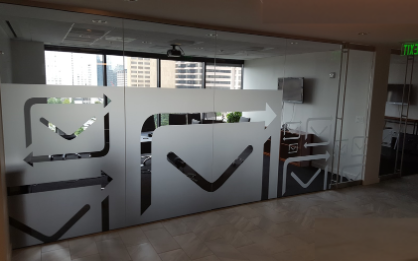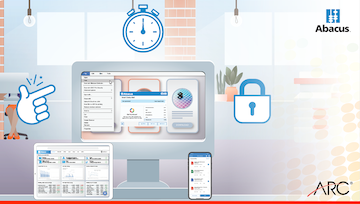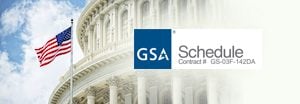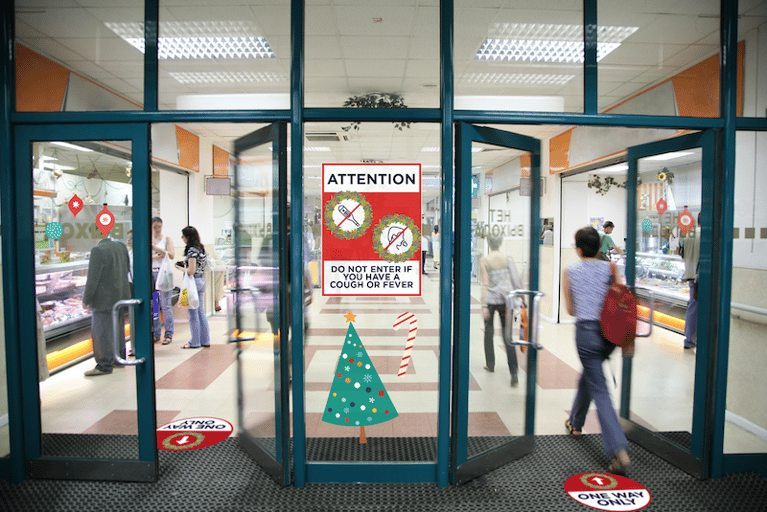In a wide-ranging survey on work environment preferences, the largest difference of opinion between millennials and everyone else was just 8%. Relatively speaking, an 8% difference in millennial attitudes versus the general population represents an uncommon generational meeting of the minds.
The Work Environment Study by Wakefield Research, showed that millennials and the general population agree that innovative and flexible office design stimulate creativity. Moreover, a well-designed workplace was shown to be equally or more important than location as a deciding factor for professionals considering a new job.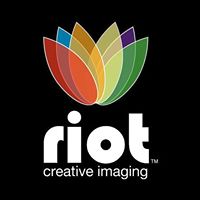
The chart below represents the share of respondents who agreed with the following statements:
- Design Drives Innovation: Companies need an innovative workplace to encourage innovation.
- Flexibility is a Must: Flexible workplaces are important.
- Location, Location, Location? For job-seekers, workplace design and environment is just as important as office location.
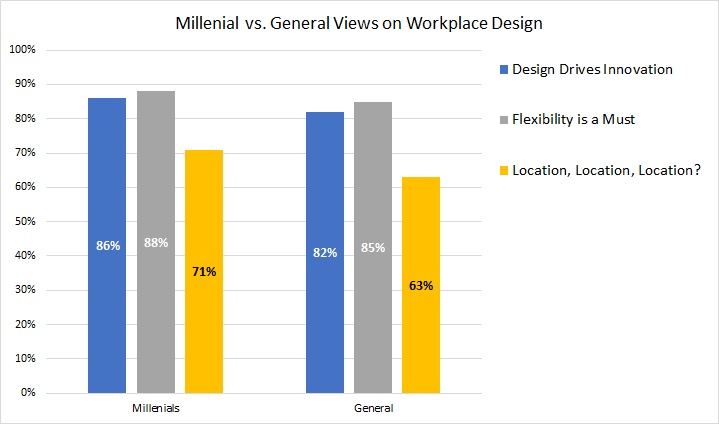
While it’s great that office professionals of any generation agree that innovative design makes them more effective, what can you actually do about it? What does “innovative” or “flexible” office design look like?
There’s no easy answer to that question; office design is unique to each company. But to get started, it’ll help to familiarize yourself with what you can do to start transforming your office.
The following examples of office design elements were executed by RIOT Creative for a variety of corporate clients.
Office Design Drives Innovation
Office Mural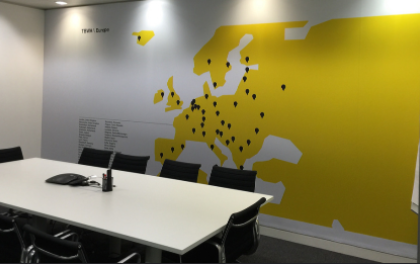
This conference room wall mural visual lays out office locations throughout Europe.
But it’s not just a map. It’s also a conversation starter and a thought provoker.
Not to mention, it’s a whole lot nicer to look at than a blank wall.
Custom Privacy Film
Another conference room, but with custom privacy film that both reinforces this company’s brand identity and provides privacy to the room’s occupants. With privacy film on conference room or office windows, your only design limitation is your imagination.
Flexibly Designed Workspaces Stimulate Creativity
Flexible Workplace Design: Chalkboard Wall
Every lunch becomes a lunch and learn (or lunch and play) when you turn the wall into a chalkboard. Dry erase or magnetic walls are also popular options to turn unusable walls into flexible work spaces.
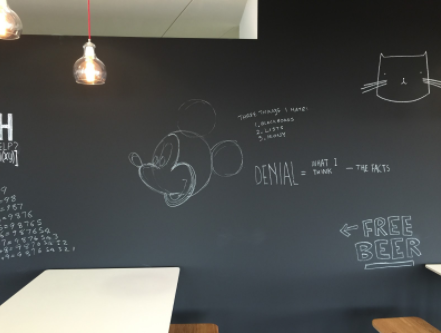
Magnetic Calendar Wall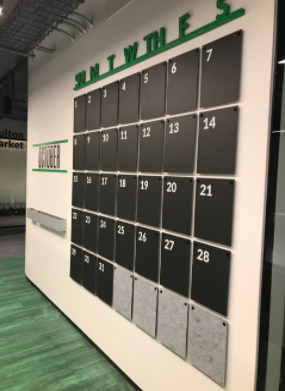
Flexible workplaces come in all shapes and sizes. In this example, we put a fresh spin on a tool as old as time on the calendar.
The central location (and size) of this planning tool creates a natural meeting place for employees who want to visually and collaboratively plan out and sync up their tasks.
It also gives employee an opportunity to get out from behind the computer screen and still remain productive.
What tools do you use everyday that could be blown up to the size of a wall?
Acrylic Prints
This print of the Glen Canyon Dam livens up this office, combining the rugged landscape of Arizona while celebrating an incredible engineering effort. While it’s not shown here, canvas prints are also a popular option for office design projects with a less modern aesthetic.
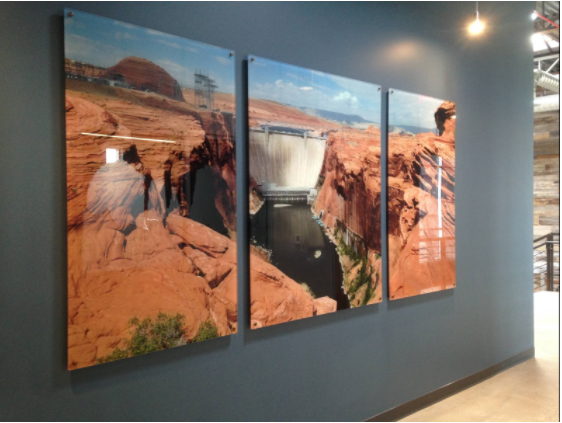
Top Three Office Design Elements
Another insight from the survey we mentioned earlier showed that “reconfigurable spaces” and “creative imagery” made up two of the top three preferred design elements. While everything you’ve seen could fall into one of those categories, there are also options that don’t require redoing an entire wall.
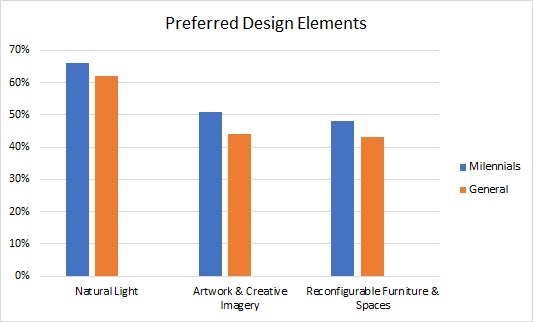
Everything you’ve seen in this article is either creative imagery or a reconfigurable space. Of course, every design is different. Preferences vary from company to company and person to person. Even geographic location and the physical layout of the office will inform much of the design process.
But as The Work Environment Study shows, office design presents a unique opportunity for managers and business owners to unite multiple generations while stimulating innovation, and creative problem-solving.
To see more examples of innovative office design, head over to RIOT Creative’s Flickr page.
